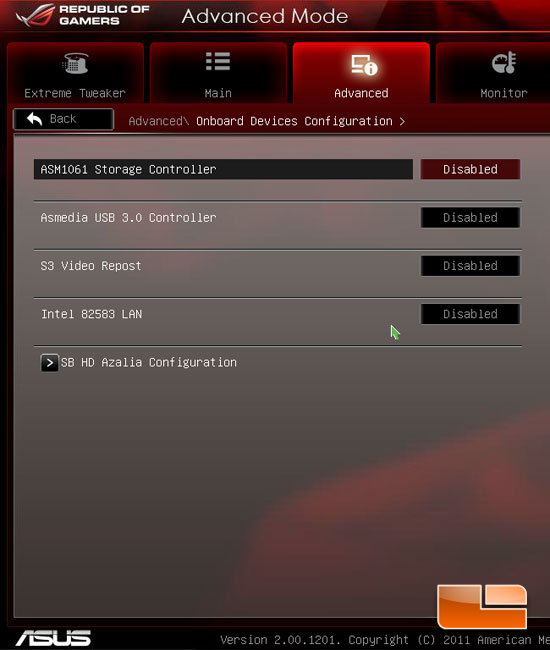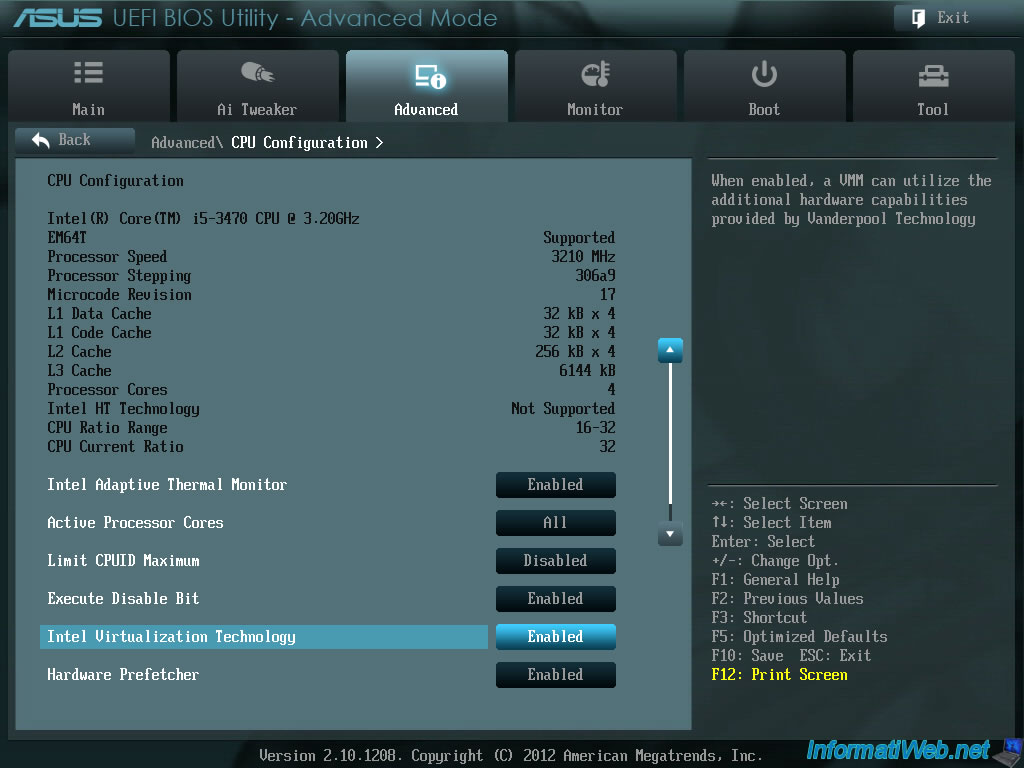
This applies to both SR-IOV and PCI passthrough.
ENABLE IOMMU IN BIOS HOW TO
This document uses Intel VT-d as the example to explain how to produce an IOMMU protocol.
ENABLE IOMMU IN BIOS PORTABLE
Getting closer to the HW does have limitations however, it makes your VMs less portable for deployments that require live migration for example. In this paper, we will describe how to enable the IOMMU in a UEFI BIOS to mitigate DMA attacks against firmware. See VFIO - 'Virtual Function I/O' for details. Its quantity and granularity depends on hardware. When youve set inteliommuon, then kernel divide system hardware resources into IOMMU groups. PCI passthrough would be useful for say a VM that runs an intense database that would benefit from being attached to a FiberChannel SAN. When youve enabled IOMMU in BIOS, then ACPI table translates to kernel DMARs and kernel init this duruing the boot. The only thing faster than SR-IOV is PCI passthrough though in that case only one VM can make use of that device, not even the host operating system can use it. Many VMs can talk to an SR-IOV device concurrently with very low overhead. The HW knows it's being virtualized and can delegate a HW slice of itself to the VM. SR-IOV is different, the peripheral itself must carry the support. In which case I don't think you can multiplex devices, it's a lot like PCI passthrough before all these fancy virtualization instructions existed :). IOMMU sounds like a generic name for Intel VT-d and AMD IOV. IOMMU is a system specific IO mapping mechanism and can be used with most devices. It would help to know exactly what Motherboard/CPU is advertising this feature. Just having it available doesn't make things faster. If any change is required, please refer to the guide below. When configuring the Grub boot loader, add the following arguments for the Linux kernel: amdiommuon iommupt. Answer The AMD Virtualization has been enabled in the default settings. The only way IOMMU will help is if you start assigning HW resources directly to the VM. In the server BIOS, set IOMMU to Enabled. It also helps a guest Virtualized operating System to Remap memory and Share a memory.Devices that do not support memory addresses long enough to address the entire physical memory can still address the entire memory through the IOMMU, avoiding overheads associated with copying buffers to and from the peripheral's addressable memory space.


Thus, the use of vectored I/O ( scatter-gather lists) can sometimes be avoided.


 0 kommentar(er)
0 kommentar(er)
